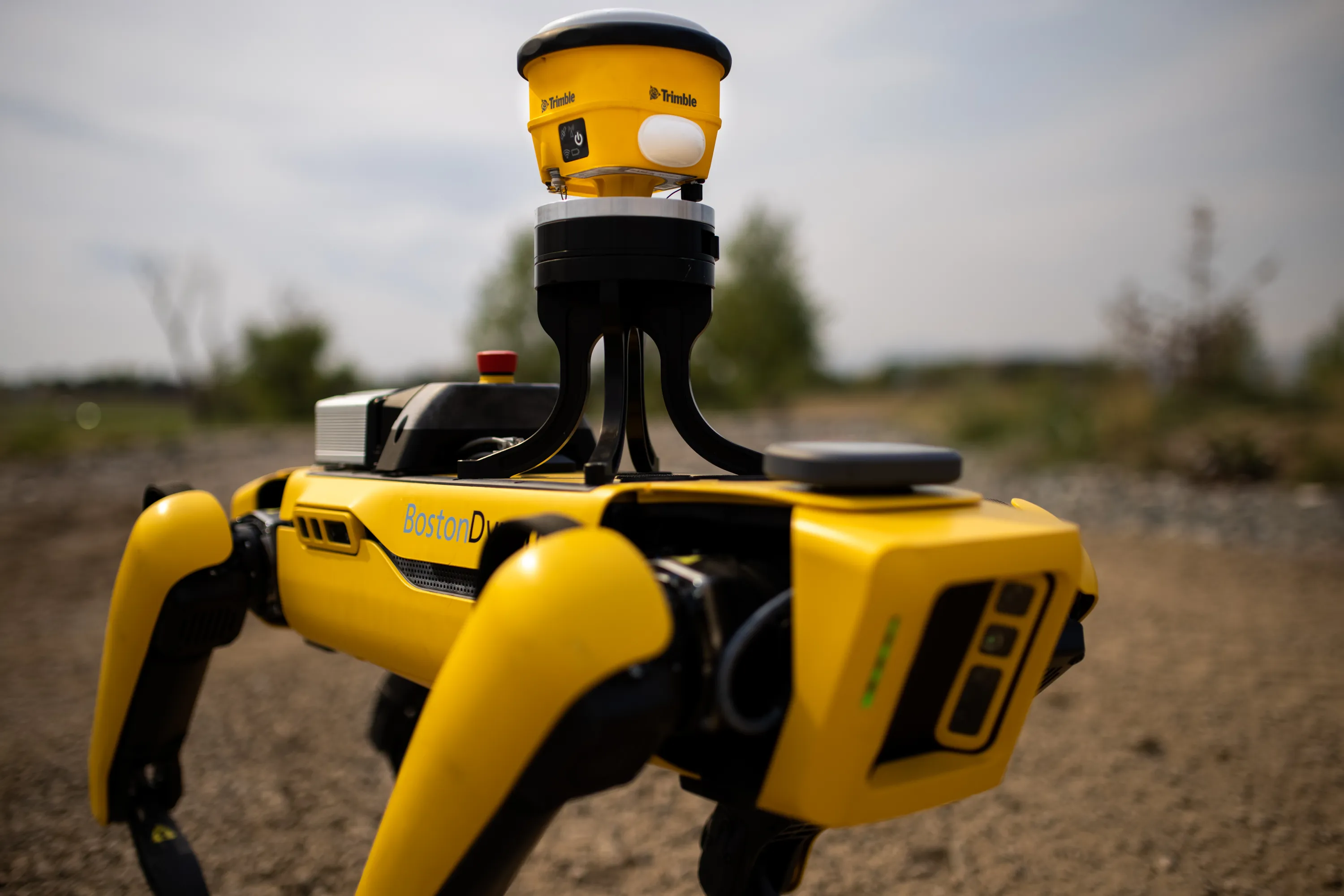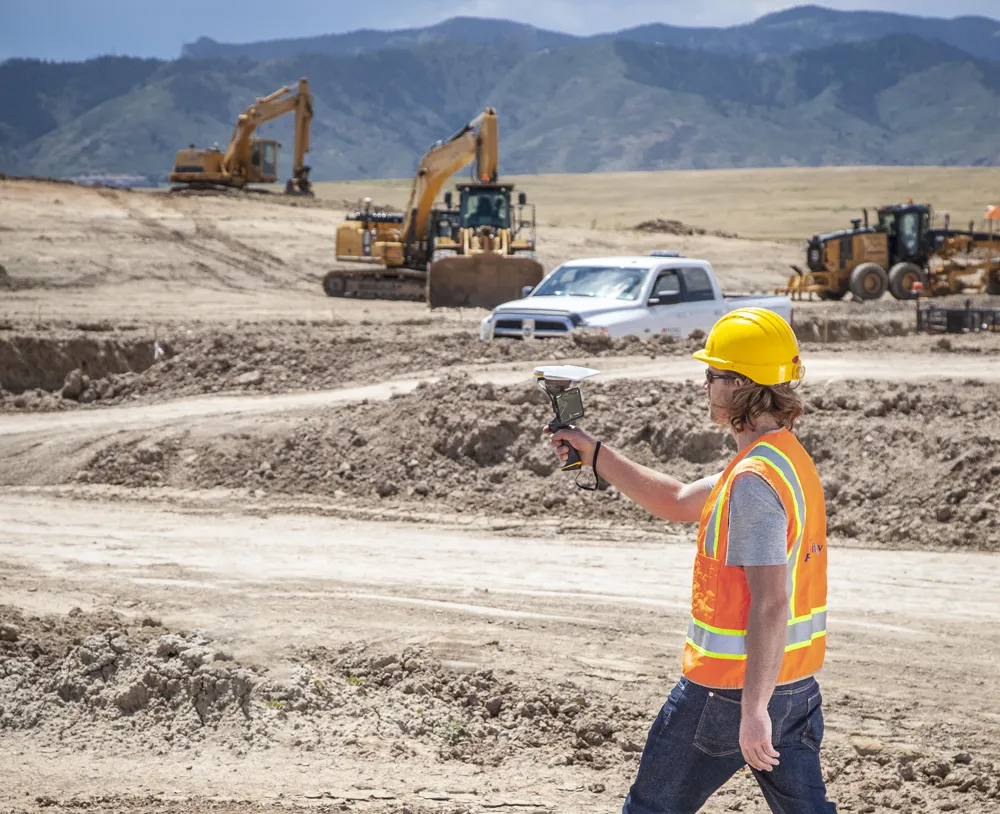Topcon and DAQRI will integrate DAQRI’s hardware and software solutions with Topcon positioning solutions. Powered by 4D Studio, DAQRI’s software platform for positioning, the partnership will allow construction workers to view information from projects in the real-world work environment. The aim is to make workflows safer and more efficient. The collaboration will bring wearable technology to a wider architecture, engineering and construction (AEC) user-base. It will provide the wearer with a hands-free tool that can be used on the job.
“DAQRI is a leader in providing solutions in outdoor environments, which will meld well with our positioning and software innovations,” said Jason Hallett, Topcon vice president of product management. “It’s the first step in utilising our mutual synergies to develop rugged, heads-up display technology for our marketplace.”
“We are committed to developing innovative solutions that power the future of work and Topcon is at the forefront of the industry with some of the most innovative products that are being used by millions of workers across a variety of environments,” said Matt Kammerait, vice president of product, DAQRI. “This makes them the perfect partner to integrate the Smart Helmet into existing workflows. We look forward to seeing how our partnership re-defines the nature of ‘work,’ by setting a new standard for wearables in the AEC space.”
Topcon and DAQRI co-developing new safety technology
Topcon Positioning is establishing a collaboration with DAQRI to develop wearable safety technology for use on construction sites. The two firms will work together to develop technology that will boost safety for site personnel through the use of augmented reality systems. DAQRI is a leader in enterprise augmented reality and developed the Smart Helmet, an industrial-grade unit that seamlessly connects personnel to work environments by providing information about the surroundings.
December 2, 2015
Read time: 2 mins








